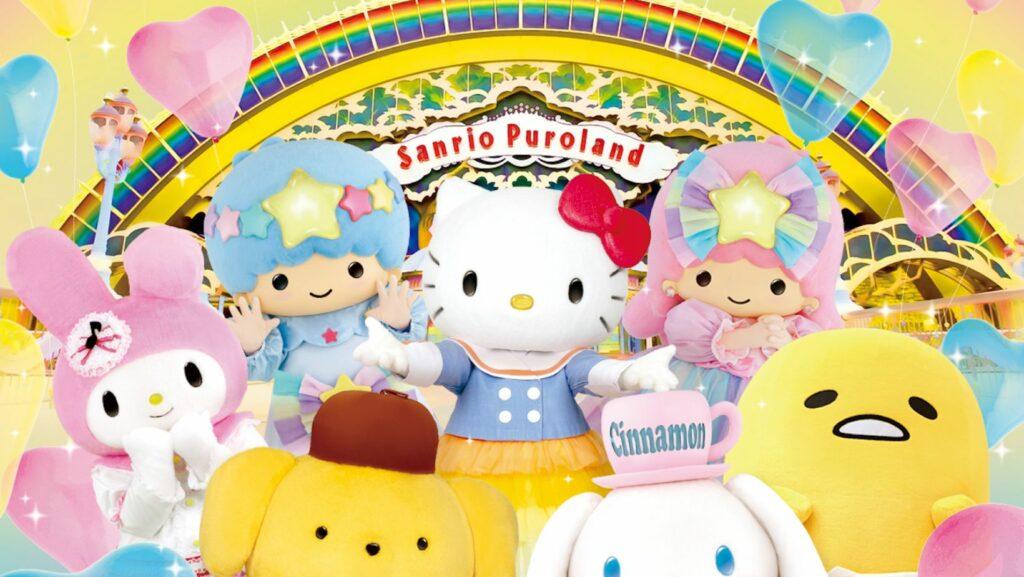The Kawaii phenomenon, synonymous with Japanese cuteness culture, has become a global sensation, influencing various facets of society. This article delves into the historical and cultural roots of kawaii, its impact on Japanese society, and the iconic character that embodies it—Hello Kitty.
Historical Genesis of Kawaii

In the 1970s, amid Japan’s economic boom, the concept of kawaii emerged as a form of self-expression. This coincided with a shift towards individualism and the pursuit of happiness, especially among the younger demographic.
Kawaii provided an escape, emphasizing cuteness and charm, aligning with traditional Japanese values such as mono no aware, celebrating the beauty of life’s transient nature.
Impact on Japanese Society

The kawaii phenomenon has permeated various aspects of Japanese society, influencing fashion, design, and challenging traditional gender norms. Lolita fashion, Decora, and Fairy Kei are unique styles born from the kawaii aesthetic, serving as a form of self-expression and identity.
Kawaii has played a pivotal role in challenging conventional gender norms, giving rise to “kawaii masculinity” and fostering a more inclusive understanding of gender expression.
At the core of the kawaii phenomenon stands Hello Kitty, an iconic character created by Sanrio in 1974. Hello Kitty’s timeless design, marked by simplicity and charm, has granted her universal appeal, transcending cultural and linguistic barriers.

The absence of a mouth in Hello Kitty’s design allows individuals to project their emotions onto her, contributing to her enduring popularity.
Strategic Branding of Hello Kitty
Sanrio’s careful curation of Hello Kitty’s image has led to her widespread success through strategic marketing and licensing across various products.

Hello Kitty’s global influence extends beyond commercial success, as she serves as a cultural ambassador for UNICEF and Japanese tourism.
Global Influence of Kawaii and Hello Kitty
The kawaii phenomenon, represented by Hello Kitty, has transcended borders, captivating audiences worldwide and influencing global fashion, art, and design.

Hello Kitty’s collaborations and partnerships with international brands solidify her status as a global cultural icon, fostering cross-cultural exchange and diplomacy.
As the kawaii phenomenon, embodied by Hello Kitty, continues to evolve. Therefore it remains a powerful force shaping popular culture and societal norms globally.
Frequently Asked Questions
- Is Hello Kitty only popular in Japan?
Hello Kitty’s popularity extends far beyond Japan; she is a beloved figure worldwide.
- How has kawaii influenced fashion outside Japan?
Kawaii has inspired global fashion, leading to the emergence of creative and cute styles.
- What makes Hello Kitty a cultural ambassador?
Hello Kitty represents cross-cultural exchange, acting as a cultural ambassador for UNICEF and Japanese tourism.
- Are there other characters carrying the kawaii phenomenon?
Yes, various characters share the kawaii aesthetic.
- How has the kawaii phenomenon adapted to contemporary trends?
The kawaii phenomenon evolves with trends, consistently growing popular.
















































